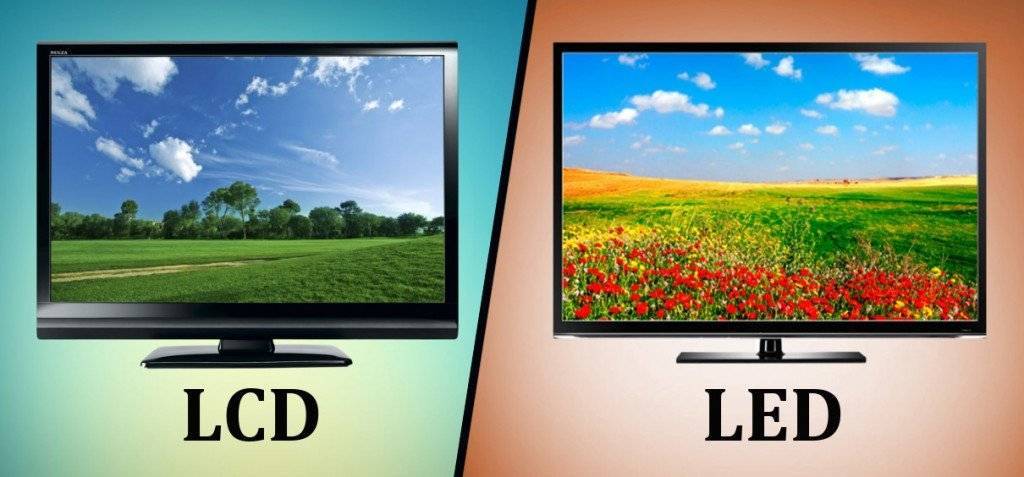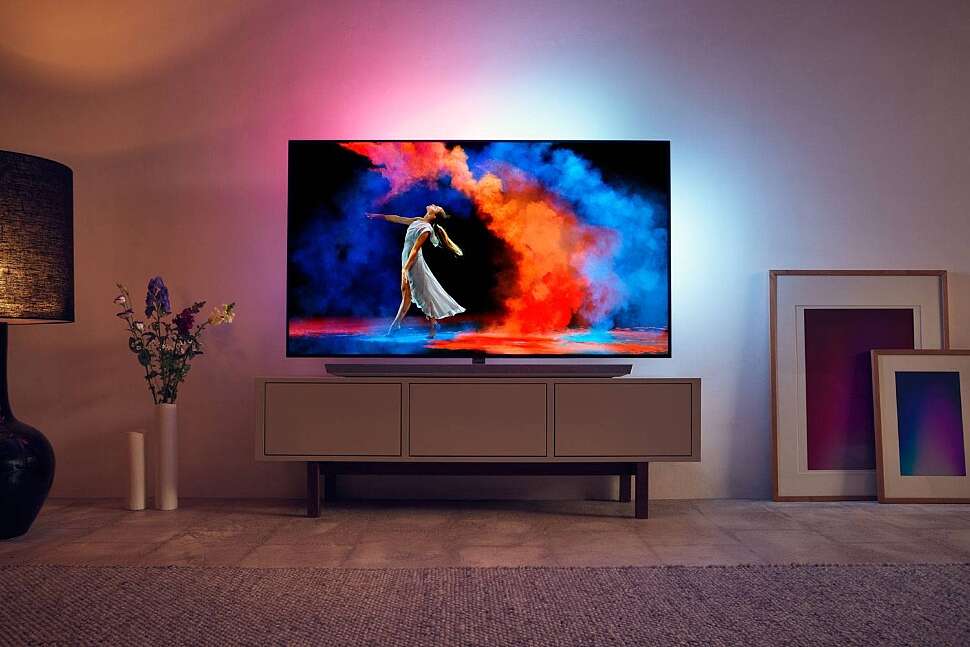
Comparison of LED and LCD TVs: pros and cons of each technology
When it comes to choosing a new TV, consumers are often faced with terminology related to display technology. Two of the most commonly mentioned types are LED and LCD. In this article, we'll look at how these technologies differ and look at their pros and cons.
What are LED and LCD TVs?

LCD (Liquid Crystal Display)
LCD TVs use a liquid crystal panel to display images. These TVs are backlit using cold cathode fluorescent lamps (CCFLs).
LED (Light Emitting Diode)
LED TVs are essentially a type of LCD TV. The difference is that instead of CCFL, light emitting diodes (LEDs) are used for backlighting. This improves image quality and energy efficiency.
Pros and cons of LCD TVs
Pros
-
Affordable: LCD TVs are generally less expensive than LED TVs, making them an attractive choice for those looking for a budget option.
-
Good picture quality: LCD technology provides fairly good picture quality, especially for standard TV viewing.
-
Wide range: LCD TVs are available in various sizes and configurations, allowing you to choose the right model for any need.
Cons
-
Energy efficiency: LCD TVs consume more power compared to LED TVs due to the use of CCFL backlight.
-
Black quality: Due to technology, LCD TVs cannot produce deep blacks, which may affect picture quality in dark scenes.
-
Viewing Angles: LCD TVs often suffer from limited viewing angles, which can result in loss of picture quality when viewed from the side.
Pros and cons of LED TVs
Pros
-
Picture Quality: LED TVs provide better picture quality with brighter, more uniform backlighting. They can also provide deeper blacks and improved contrast.
-
Energy efficiency: LED technology consumes less energy compared to LCD, making these TVs more environmentally friendly and economical to use.
-
Slim Design: Thanks to LED backlighting, LED TVs can be significantly thinner and lighter than their LCD counterparts.
-
Durability: LEDs have a longer lifespan than CCFL, making LED TVs more reliable.
-
Wide Viewing Angle: Modern LED TVs offer improved viewing angles compared to traditional LCD models.
Cons
-
Price: LED TVs tend to be more expensive than LCD TVs, especially for models with additional features such as local dimming or HDR support.
-
Risk of glare: Some LED TV models may experience a blooming effect around bright objects against a dark background, which can reduce picture quality.
Conclusion
When choosing between LED and LCD TVs, it is important to consider your priorities and budget. If energy efficiency, better picture quality and modern design are important to you, then LED TVs are the best choice. However, if you're looking for a budget option with good picture quality for everyday use, LCD TVs can be a worthy alternative.
Recommendations
-
For cinephiles and gamers: LED TVs with HDR support and local dimming will provide better picture quality and vibrant colors, making your movie and gaming experience more immersive.
-
For Budget Buyers: LCD TVs offer excellent value for money, making them a good choice for family viewing or as a second TV.
-
For eco-conscious users: LED TVs consume less energy, making them a greener choice.
Ultimately, the choice between LED and LCD depends on your personal preferences and needs. No matter what type of TV you choose, today's technology provides high-quality images and plenty of features that will enhance your viewing experience.






